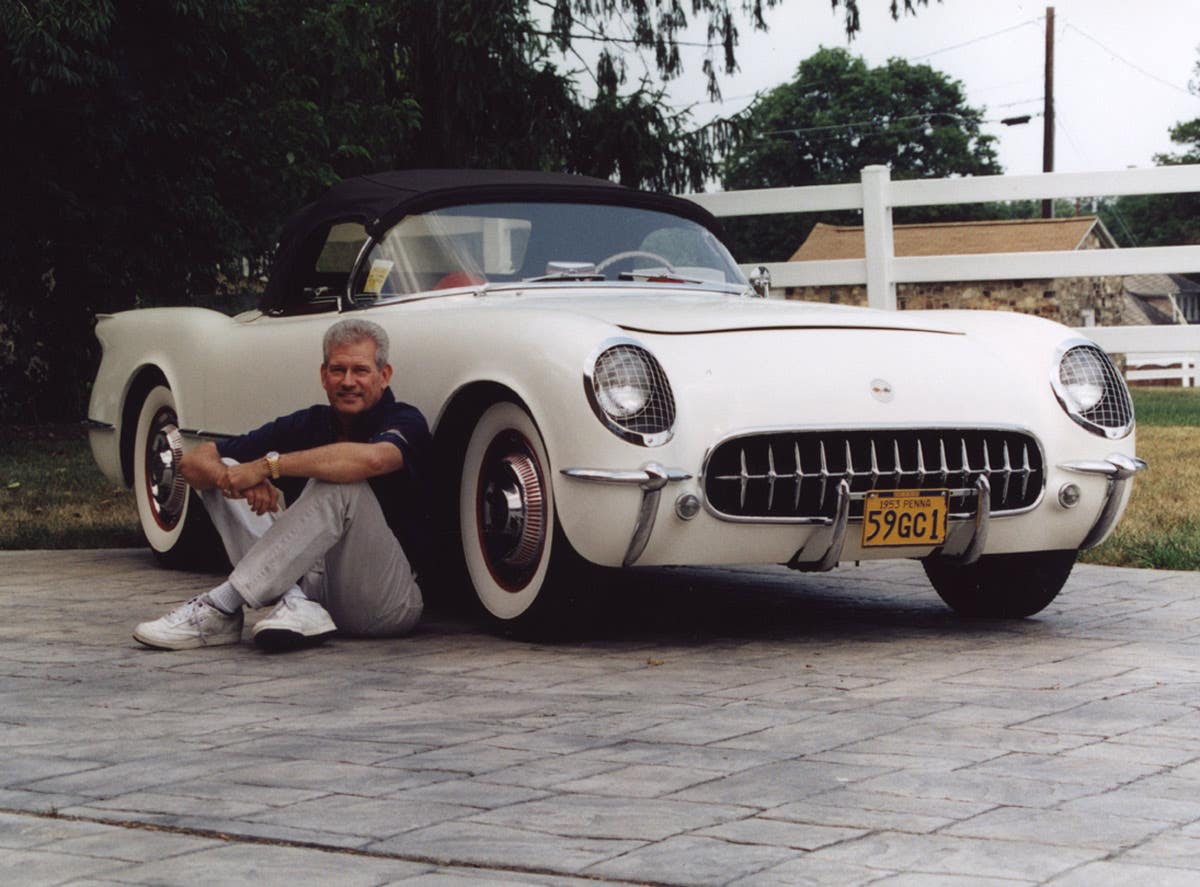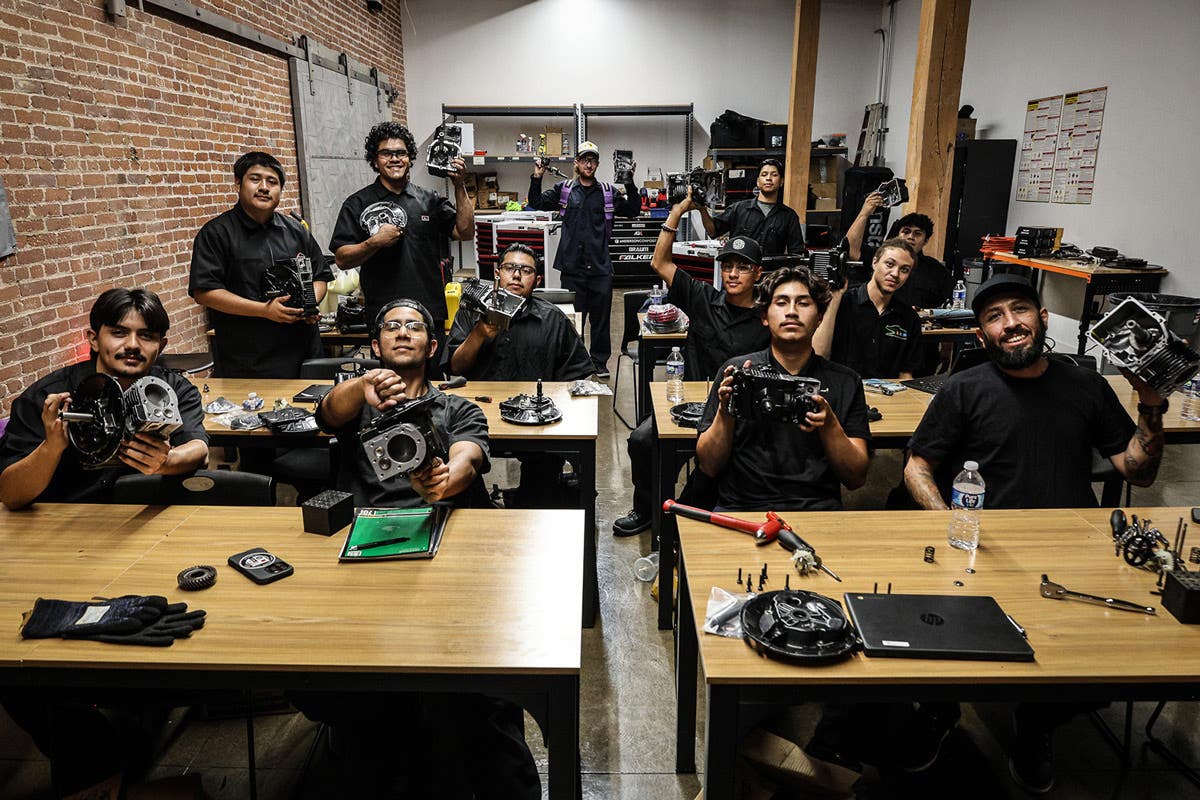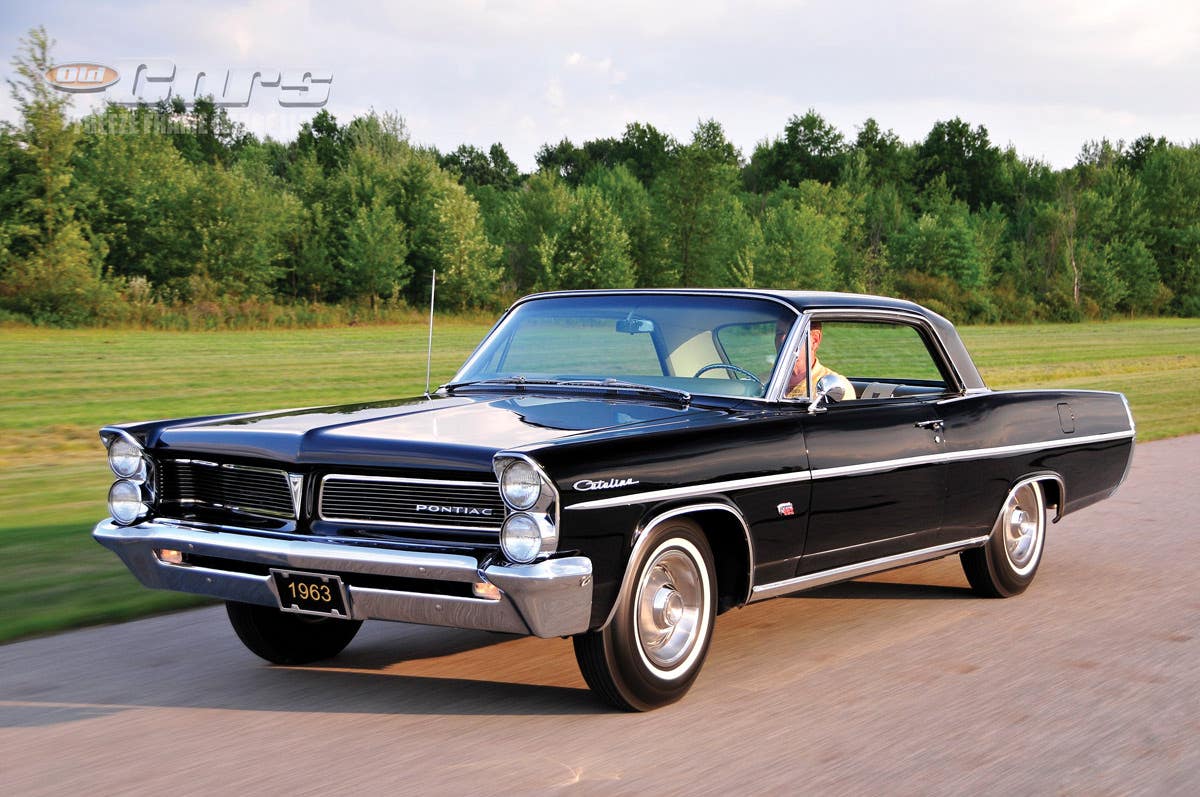Buying Tips
Restoration work is very expensive, so old-car buyers today want more for their buck. As a buyer, a car in great condition is what you’re really looking for. It can…
Restoration work is very expensive, so old-car buyers today want more for their buck. As a buyer, a car in great condition is what you’re really looking for. It can be well-preserved or restored, but it has to be good. That means looking past shiny paint and a 10-foot-deep wax job. There are 10 things that reveal the real condition of the car.
1) Mechanicals
Most nice cars will start, but don’t take for granted that they will run the same 10 minutes later. We once bought a nice car with a bad head gasket only 15 miles away. It didn’t make it halfway home without overheating. “All 350s have leaky valve guides,” is not what a buyer should accept. Smoky 350s often have a cracked piston ring. If you notice any problems -- even small ones -- check further before buying . Check all gauges to make sure that temperature, charging rate and oil pressure are within factory guidelines. Check oil pressure when the car is fully warm, not cold. Do a road test to see if the transmission shifts smoothly, the ride and handling characteristics are up to snuff, the rear axle is quiet, the tires track properly, the brakes function properly, the convertible top rattles and so on. Later, lift the hood and look for smoke that indicates leaky fluids burning off. Check underneath for drips or leaks. Make sure that all of the tires are the same size and brand and don’t have any obvious wear patterns.
2) Panel Fit
Body panel fit is important. Carefully view all of the “gaps” around door, hood and trunk panels. Spacing should be uniform. Unmolested and well-restored cars will have nice even openings all over.
3) Look underneath
Raise the car on a lift and look at the underside of the body panels. Obvious rust usually means that even more is hidden from view. Look for oil thrown up on the floorboards above the rear axle “pumpkin.” Check for brake fluid running down the tires, a sign of leaky wheel cylinders. Look for loose parts.
4) Let there be light
When checking a car, light is your friend. You will see flaws on a sunny day that don't show under clouds. If possible, check the car out in natural light and artificial light. Take along a high-intensity mini flashlight.5) Bright idea
Most old cars have nice shiny chrome, but will it stay that way? Chrome is applied in a series of coatings and there can be faults below the surface. These usually show up on the edges of a piece or on the backside. Check the entire piece carefully and use an inspection mirror to view as much as you can of the non-plated side. You may see rust starting to form that will eventually spread and reach the surface.6) Interior motives
Seat materials and colors should match those in sales literature. Check the form and shape of springs and paddingt. Are the seat springs rusty? An inspection mirror will let you view them. Does the seat slide back and forth? Your carpets should fit like a glove and openings around seat frames should have clean cuts, possibly with piping around the opening. Look for moth damage. Moth-eaten carpets may look OK, but fall apart when vacuumed. Rubber weather stripping keeps out moisture, quiets the interior and prevents loose and rattling doors. Most good restorers will replace bad weather stripping. Check the weather stripping on doors, trunks, removable hardtops or T-tops and don't accept poor quality.
7) Rust Buster
Metal parts can be attacked by corrosion. Check the frame cross members carefully, especially the rear one on older models. Frame side rails directly under the doors are prone to “tin worm” damage as well.
8) No shocks Sherlock
When buying a used car, play Sherlock Holmes. Get out your over-sized magnifying glass and look for anything that isn’t the way it should be. Does the windshield have hard-to-see chips? Do the outside mirrors adjust properly? Why is the radiator loose and sitting further back on one side? Does the glove box door latch properly? How come the gas gauge doesn’t move? Anything that doesn’t look “just right” probably isn’t. If your car has 15,000 parts, there are 15,000 potential questions to ask a seller.
9) Ask And Ye Shall Receive
What comes with the car? Do you get a convertible top boot, the T-top storage bag, the owner’s manual or an extra set of keys? The seller may forget that he has an accessory in his garage. If you don't ask, the item may wind up in the trash and you'll be looking for one later on eBay..10) Price Guides
There are many guides to car prices, but sellers often point to disclaimers in such books that state “other factors must be considered when gauging the value of a car.” One dealer lost our sale after we got values from two sources linked to his own website. We pointed out that his “rock bottom” price was $600 higher than the one in the first guide he directed us to. It was $900 higher than the price in the other guide. He used the “other factors” defense and we asked him what factor he was thinking about? Was it the patch in the convertible top or the fact that the front and rear tires were different brands with different tread patterns? He wanted a premium price for a car that we would have had to spend $1,000 more on.The wind-up
The next time you buy a collector car, keep one rule in mind: You want to take it for a ride, but you don’t want to be taken for a ride. Be fussy, question every flaw you spot and stick to your guns on price.
"Gunner"







